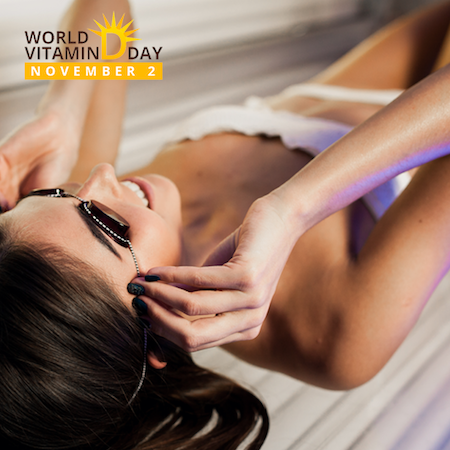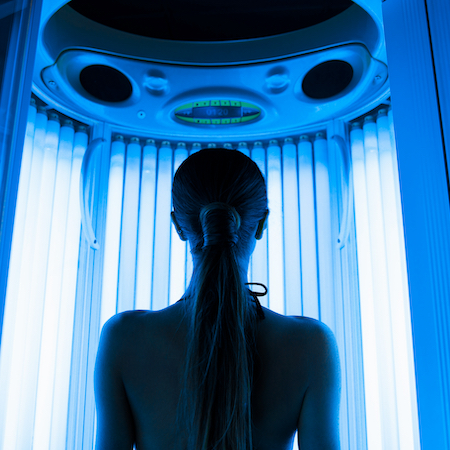At some point, mostly everyone has spent a little too much time in the sun on a sunny winter vacation and experienced the painful reality of sunburn. The Joint Canadian Tanning Association (JCTA) wants to help reduce that risk.
Watch "Lots of People Are Doing It" Video
The Golden Rule of Tanning, Never Sunburn
At some point, mostly everyone has spent a little too much time in the sun and experienced the painful reality of sunburn. Even if it’s not a bad burn, it’s uncomfortable in the short term and definitely not good for your long-term health. That’s why sunburn prevention is the golden rule of indoor tanning.
It’s difficult to anticipate the strength of the sun on a given day, or to know how much is too much. But the ability to control exposure makes indoor tanning different, according to the Joint Canadian Tanning Association (JCTA). Sunburn prevention is easily achieved in a JCTA-certified professional indoor tanning salon because trained operators know how to set incremental exposure times that deliver consistent non-burning dosages of UV light to gradually build a tan.
“We all love being outside, but you have to be very careful about not overexposing yourself and getting burnt. It’s so hard to judge the intensity of the sun and a lot of times you don’t feel it until it’s too late,” JCTA Executive Director Steve Gilroy says. “With indoor tanning, you know exactly what you’re getting, and trained operators guide you all the way through the process. It’s a win-win because you can get a beautiful tan in a controlled environment, then that tan will help you avoid burning outdoors.”
While tanning units may be two to three times as intense as summer sun, the duration of exposure is controlled, and thus the total UV output is controlled, to minimize the risk of sunburn. A typical indoor tanning exposure schedule for a 20-minute maximum piece of equipment allows a professional indoor tanning operator to gradually increase the exposure times of a tanner over the course of the tanner’s regimen based on the individual’s skin type.
Tanning is not a one-size-fits all. Getting a beautiful UV tan means something different for everyone. That’s because the amount of UV exposure needed to acquire a tan is different for a fair-skinned redhead than it would be for a central European with an olive complexion.
The fairest skin type – known as Skin Type I – cannot suntan and should not use UV tanning equipment (see spray-on tanning). But darker skin types can develop suntans. For those who can develop suntans, the system gradually acclimates you to UV exposure based on your skin type.
That’s the reason so many indoor tanning clients come to salons in the winter and spring prior to sunny vacations. In sunny environments many fair-skinned people can sunburn during normal outdoor activities even while wearing chemical sunscreen. But with a base tan their chemical sunscreen becomes more effective and they are much less likely to sunburn.
The Joint Canadian Tanning Association (JCTA) is a national non-profit organization created to increase understanding of the professional tanning industry’s scientifically supported position that regular moderate ultra-violet exposure from sunshine or sunbed in a non-burning fashion is part of a responsible lifestyle that recognizes both the inherent benefits and the manageable risks associated with ultraviolet light exposure.


